#Christophe-Philippe Oberkampf
Text
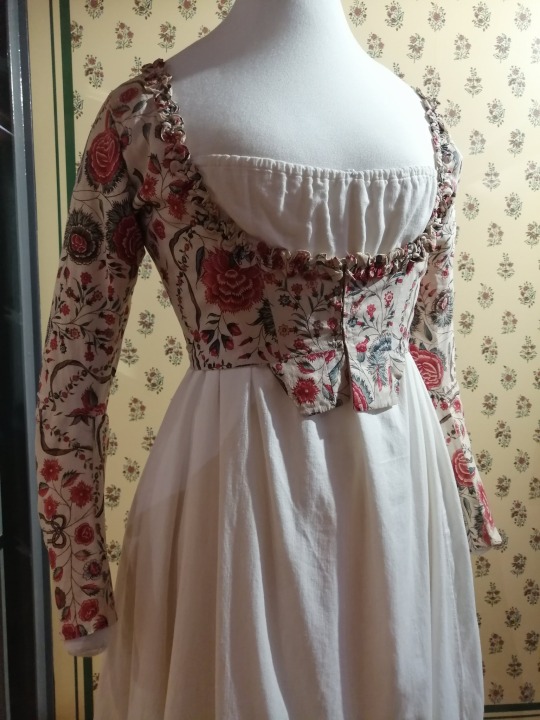
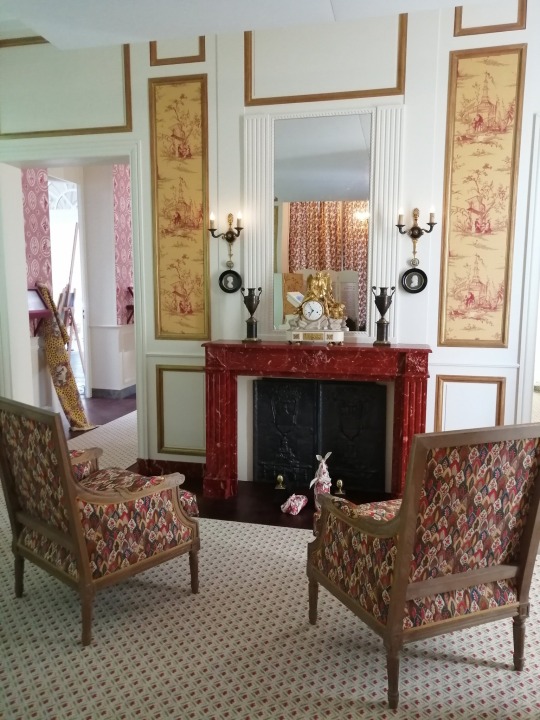
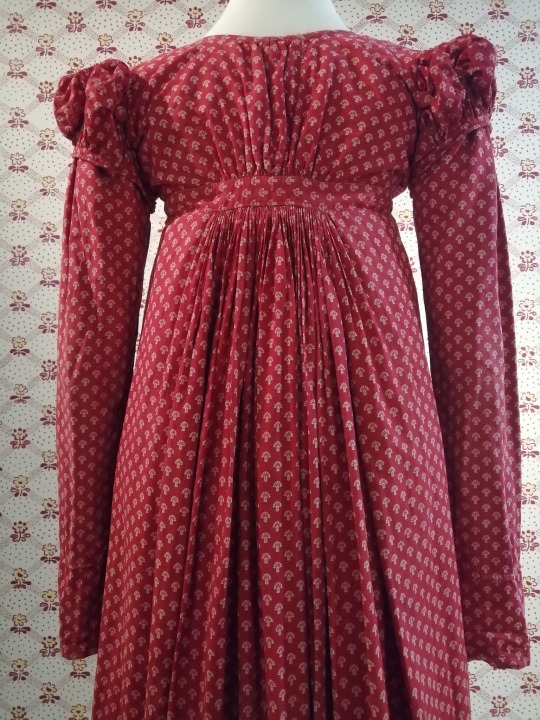


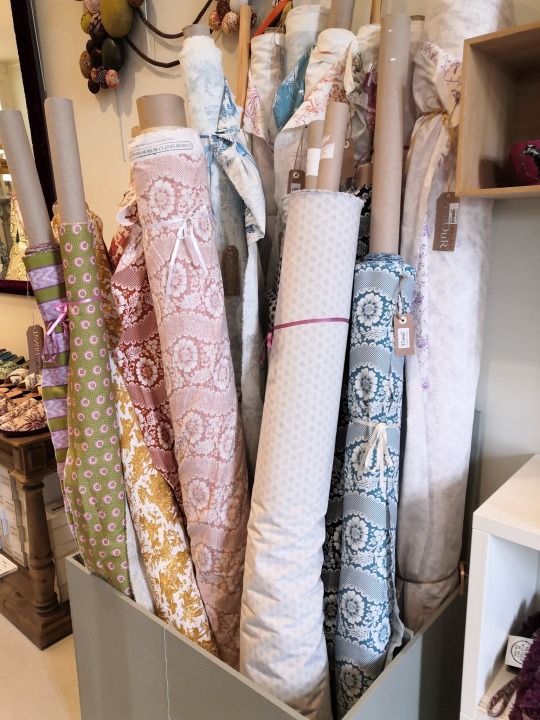
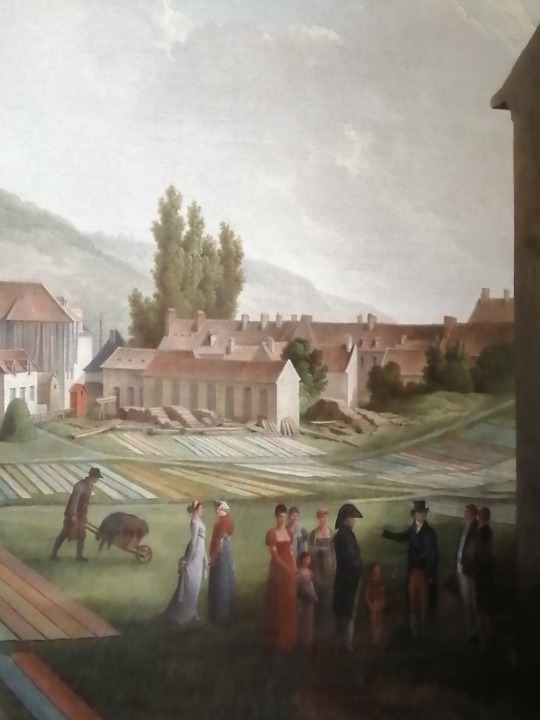

Musée de la Toile de Jouy
Textile factory founded by Christophe-Philippe Oberkampf, one of the first major producers of toile. The bottom pic shows him being decorated by Napoleon, who visited the site with Josephine in 1806.
Location: Jouy-en-Josas, France
#Oberkampf#Christophe-Philippe Oberkampf#toile#Musée de la Toile de Jouy#napoleonic era#napoleonic#first french empire#France#textiles#pretty#dress#dresses#fashion#fashion history#textile#fabric#cotton#napoleon#french empire#19th century#1800s#French fashion#French history#history#museum#industrialization#industrial revolution#art#Mammouthesse#mode
33 notes
·
View notes
Text
youtube
Rue Oberkampf - Kalt
#rue oberkampf#kalt#damien de-vir#julia jouy#michael mair#ebm#techno#darkwave#christophe-philippe#2019#Youtube
3 notes
·
View notes
Text
Papel pintado Toile de Jouy, decoración romántica con acento clásico
Papel pintado Toile de Jouy, decoración romántica con acento clásico
Este magnifico estampado, tiene su propia historia, su nombre proviene de la localidad Jouy en Francia, el lugar donde el avezado empresario Christophe Philippe Oberkampf, estableció una fábrica de estas telas en el año 1760 dada su proximidad con el palacio de Versalles. En la actualidad, continuamos encontrando este patrón en múltiples textiles del hogar, prendas de vestir, vajillas y por…
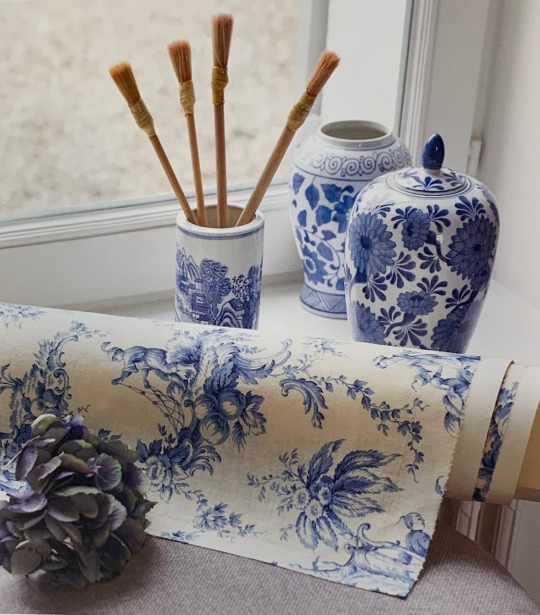
View On WordPress
#comprar papel pintado en barcelona#papel pintado barroco en barcelona#papel pintado casadeco en barcelona#papel pintado estilo chinoiserie en barcelona#papel pintado oriental en barcelona#papel pintado para niñas en barcelona#papel pintado Toile de Jouy en barcelona#papel pintado y telas Toile de Jouy en barcelona#papeles pintados barcelona#Tela Toile de Jouy en barcelona
1 note
·
View note
Text
Wallpapers - History, Varieties, Cleaning, and Removal
Wallpapers are also recognized as wall styles. There are several different designs printed on the wallpapers, so you can buy wallpaper along with the right fashion and color for whatever your home or office design is.
Let us get to recognize more about the history of wallpapers. Exactly how did they come in relation to? Who invented them? Here are typically the timelines:
4000 M. C.
Egyptian Ãcrit was invented. Ãcrit is the early form of paper.
2 hundred B. C.
Aged China began using rice paper to decorate their wall space by sticking or gluing them upon their walls.
105 A. D
Ts'ai Lun, a Far east court official, developed papermaking.
8th Hundred years
Modern Wallpaper You'll Love in 2022
Chinese prisoners using papermaking skills proved helpful under the Arabians. Papermaking spread throughout Middle East.
tenth Centuries
The Arabians began using wood and bamboo, developing a high quality paper.
twelfth Hundred years
Papermaking reached Europe.
1481
Louis XI of France ordered Jean Bourdichon to paint angels on blue backdrop on 50 comes of paper. Ruler Louis XI got them ordered due to the fact he moves frequently from castle in order to castle. The high society then started to commission performer to paint papers for their surfaces.
1599
Paperhangers guild began in Italy.
1675
Jean-Michel Papillon started making block designs in matching plus continuous patterns. They were considered the creator of wallpapers. They are also the French Engraver.
1680
Flocked wallpapers emerged from Worcester.
eighteenth Century
Wallpaper items from London started to be popular. Expensive hand painted papers were increasingly popular because they replicate architectural designs. Wall papers gained authority mainly because they were significantly less expensive. Popular models were borders similar to tasseled braids or perhaps sway of material, and flocked papers that looked like a velvet trim.
1739
Wallpapers reached America. Plunket Fleeson began printing these people in Philadelphia.
1778
Louis XVI given a decree that will wallpaper rolls need to be about thirty four feet in span.
1785
Christophe-Philippe Oberkampf of France conceived the wallpaper stamping machine. Nicholas John Robert of France invented a method to make countless roll of picture.
1798
Alois Senefelder of Germany developed Lithography.
1800
France scenic papers printed on hand-carved hindrances became popular.
1839
Charles Harold Potter of Potters in addition to Ross printing organization in England invented a new printing machine with four colors.
1850
Eight-color printing equipment was invented.
1874
20-color printing equipment was invented.
1879
Karl Keitsch associated with Austria invented Intaglio, a gravure publishing.
1888
Ferdinand Shivel invented the wall picture paste.
1890
In England, flexography stamping was invented.
twentieth Century
Wallpaper pasting machines appeared.
1936
A paste powder that was soluble in cold normal water appeared in the market.
WWII Ends
Plastic resins which in turn are stain proof, durable, and washable appeared.
1974
The National Guild regarding Professional Paperhangers was established in the Combined States.
Late 1980's
Wallpapers popularity passed away down because regarding Faux Painting.
Still though wallpapers were not as well-known as it had been before, modern people had begun to be able to discover the elegance of wallpapers. Right now there are now various types of wall papers compared to just before.
Vinyl Coated
Picture coated with acrylic vinyl or polyvinyl chloride. It is usually the most popular form of wallpaper. They will are easy to clean, effortless to remove, and very durable. Ideal rooms are the kitchen area and bathrooms.
Foil
This kind of wallpaper will be very challenging to work with. It can show the wall flaws and gets shriveled easily. However, this adds brightness in order to any room mainly because of its metallic surface.
Flock
Great for decorative features and it emits a formal ambience. They have got patterns together with velvet-like raised models.
Grass Cloth
Built up of weave of grasses. Not to be used about areas with high traffic and moisture. They are difficult to remove.
Fabric
Produced from textiles and that they are difficult to clean. A unique clear paste should be employed in adhering it to some wall.
Embossed
Easy to clean and hang. Hides wall membrane imperfections. The bumpy paper could be coated.
When looking for wallpaper, you have to also know precisely how to clean these people. Different materials include different ways involving cleaning them. A person should ask the manufacturer on their recommendations in washing goods.
However, dry out cleaning is the safest cleaning approach on any kind of wallpapers. Avoid using just about any moisture on wallpapers that are absorbent like paper in addition to fabric. Some retailers also sell the clay-like material in order to be used in wallpapers.
This clay-like cleaning material great in absorbing soil from the wall space. If you found the mold or mold in the wall picture, it is encouraged the wallpaper be removed and changed.
In case you have removed typically the wallpaper, clean the walls first along with water and chlorine solution. This really is in order to kill any form and mildew upon your wall. Rinse out it with thoroughly clean water and enable it dry before putting in new wallpaper.
There are also different ways to get rid of wall picture. As with washing, different material will vary ways in eliminating them. Some elements are easy to be able to remove, while some are quite difficult to get rid of.
Water
If typically the wallpaper is some sort of simple paper, just brushing it together with water can eliminate it off from your wall.
Chemicals
The chemical wallpaper male stripper can be obtained from most home improvement stores. It really is mixed with hot water or cozy water with apple cider vinegar. You must fill the wallpaper seeing that the mixture dissolves the wallpaper paste. When the insert is completely wiped out, you could remove it easily by burning it off with a putty or perhaps drywall knife.
Vapor
A steaming machine is used to be able to dissolve the stuff or paste beneath the wallpaper. Added caution is required as it can harm your drywall or perhaps plaster.
Some plastic coated wallpapers are generally difficult to remove due to the fact they can't soak up moisture. You first need in order to scratch the area to be able to let any humidity in. However, many are fairly easy to strip.
Before a person go and get that new wallpapers or wall protect, make sure to know just what type or design you wanted. And to ask their grocer for the washing tips on the wallpaper you simply bought.
1 note
·
View note
Audio
RUE OBERKAMPF // IM TUNNEL
[CHRISTOPHE-PHILIPPE, 2019]
3 notes
·
View notes
Photo


"Robe à la Française" en cannetillé de soie broché et passementerie de soie (circa 1755-60) "Robe à l'Anglaise" (circa 1780-85) ayant appartenu à Elisabeth Oberkampf, née Massieu, seconde épouse de l'industriel Christophe-Philippe Oberkampf (Fondateur de la Manufacture deToiles imprimées de Jouy-en-Josas) présentées à l'exposition “Une Histoire de la Mode” du Palais Galliera, octobre 2021.
6 notes
·
View notes
Photo

4 octobre 1815 : mort de Christophe-Philippe Oberkampf, inventeur de la Toile de Jouy ➽ https://j.mp/2MWLxG6 Jusqu’au succès de celui qui dirigea la troisième entreprise de France, on ne connaissait chez nous que les toiles peintes de la Perse et de l’Inde, exécutées avec des procédés longs et dispendieux
#CeJourLà#4Octobre#Oberkampf#Industriel#Industrie#Inventeur#Arts#Toiles#Peintes#Jouy#Fabrication#Technologie#Techniques#histoire#france#history#passé#past#français#french#news#événement#newsfromthepast
3 notes
·
View notes
Text
Toile de Jouy

Toile de Jouy, (French: “fabric of Jouy”, )also called Jouy Print, cotton or linen printed with designs of landscapes and figures for which the 18th-century factory of Jouy-en-Josas was famous. The Jouy factory was started in 1760 by Christophe-Philippe Oberkampf.
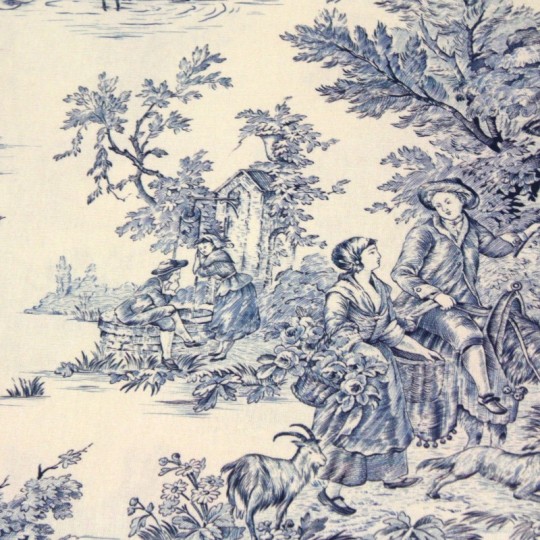
It was Francis Nixon, an Irishman, who invented the copper plating technique that made it simpler to print the large, detailed repeat patterns required for these intricate designs. Before copperplate, traditional Indian woodblocks were used.

English printed cottons of similar subjects (such as those of Old Ford, c. 1760–80) had a parallel development and achieved standards as high as Jouy; the term toile de Jouy has come to be used loosely for the Jouy type of printed cottons produced in England and at other French factories.

The printed scenes can be read like story books, history archives, catalogues of styles… Of particular interest are the motifs that record the major milestones in Oberkampf’s eventful lifetime: the first hot-air balloons, American independence, and the French Revolution not least – the turmoil of which Oberkampf managed to sail through unscathed
The style that influenced the Toile de Jouy patterns was mainly Rococo, with idyllic and romantic motifs, pastoral scenes of parties having a picnic, couples courting, of the countryside and rural life and landscapes. The designers often used well known rococo paintings as their source materials and inspiration for their designs. They copied freely from them and used as motifs that would appeal to the popular trends.
1 note
·
View note
Text
La toile de Jouy
La toile de Jouy
Elle orne de nombreux flacons et autres, elle est partout, c’est la toile de Jouy.
Toile de Jouy
La toile de Jouy a plus de 250 ans. Elle est une véritable source d’inspiration pour toutes les marques, qu’elles soient de luxe et de parfums.
En 1760, l’industriel Christophe-Philippe Oberkampf a imaginé cette technique de toiles imprimées de paysages et de personnages. Elle doit son nom à la…

View On WordPress
#Christophe-Philippe Oberkampf#Christophe-Philippe Oberkampf toile de jouy#toile de jouy Christophe-Philippe Oberkampf
0 notes
Photo

Les Monuments d'Egypte (The Monuments of Egypt) (Furnishing Fabric)
Date:c. 1800
Designed by Jean Baptiste Huet (French, 1745–1811) from engravings by Pagelet (French) and others after paintings by Louis François Cassas (French, 1756–1827)
Manufactured by Christophe Philippe Oberkampf, 1738–1815
France, Jouy-en-Josas
Cotton, plain weave; engraved roller and block printed
Art Institute of France
12 notes
·
View notes
Photo


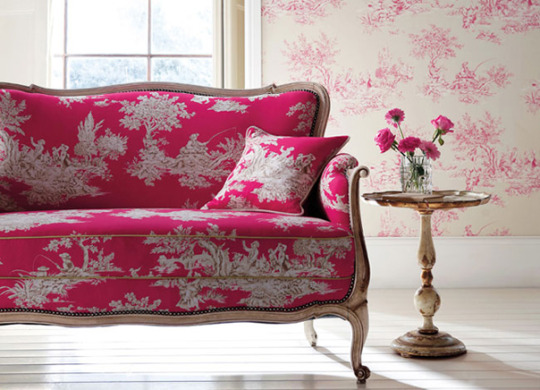
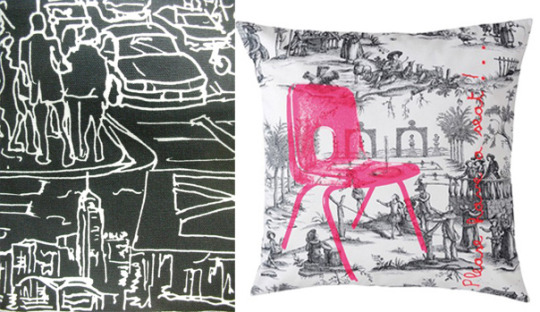


Examples of toile
I remember stepping into a fabric store an coming across this fabric that was printed with little colonial scenes. Above are a few images i found that were similiar. The shoes i added because i thought it was an interesting addition almost comical.
https://thedesigntabloid.com/tag/christophe-philippe-oberkampf/
0 notes
Text
0 notes
Photo
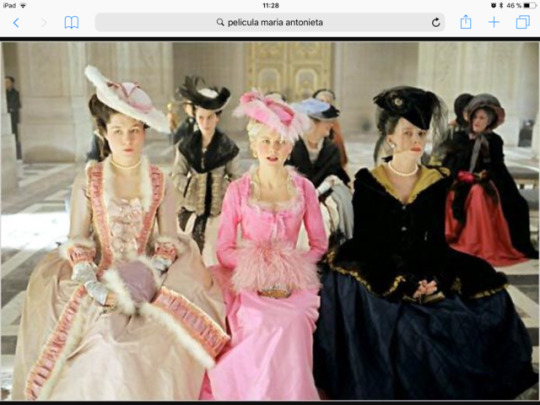


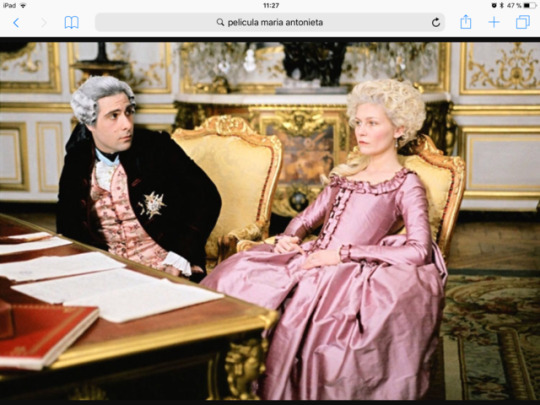



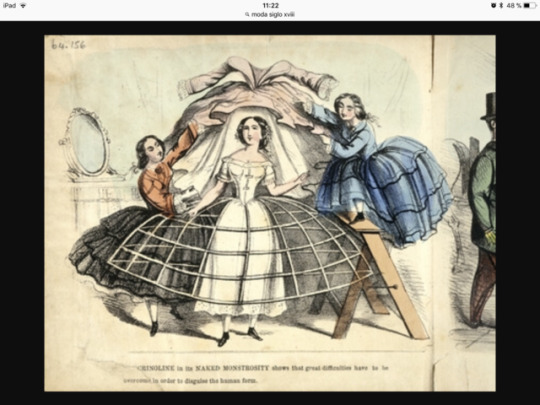
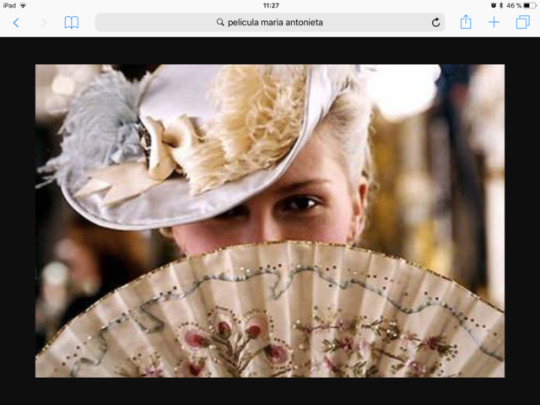

The passion for fashion in the era of Marie Antoinette During the fifteenth century the ladies of Versailles and Paris competed to wear the most sophisticated dresses and accessories The dress “à la française” in the 18th century In the 18th century it became fashionable among the aristocrats the “French dress”, an elaborate design that consisted of three parts: the dressing gown, open at the front and ending in tail, skirt and a triangular top piece that covered the torso. The refined art of the fan They ended up being authentic works of art. On silk or paper held by marfi carey rods or precious woods, great painters captured refined scenes while goldsmiths inlaid precious stones or embroidered with gold and silver threads. ANNIVERSARY On one occasion, Joseph Il of Austria commented that the complicated headdress of his sister, Queen Marie Antoinette of France, was “too light to hold a crown.” He was referring to a sophisticated hairstyle created by his hairdresser, Léonard, called poufy that consisted of a very high wig adorned with all kinds of artifices. The truth is that the Emperor of Austria was not too wrong. Marie Antoinette’s passion for fashion was one of the causes of the hatred of the French and of her image as a frivolous and wasteful woman. But it would not be fair to place on the Queen of France all the blame for the extravagance or the passion for clothing that reigned in Versailles. Already in the fifteenth century a French court was ruled by a scrupulous law of clothing that codified the way of dressing for each occasion. In the last years of the reign of Luis XIV the austere dresses, of dark colors prevailed, reflection of the moral rigor that the old monarch wanted to impose, but to his death everything changed. Men and women forgot the severe tones, such as black or brown, to opt for more striking others. Instead of the cloth, sumptuous and shiny fabrics were introduced, such as velvet, silk or brocade. The feminine dresses acquired more loose and vaporous lines, and also more insinuating. This new fashion was the reflection of a broader cultural change, that of the transition from the Baroque to the Rococo period, the latter characterized by the exuberant and excessive spirit that invaded Versailles and Paris, “the Court and the Villa, and that from there exported to the rest of the European courts Female fashion In the fifteenth century the ambition of any lady who was prized was to impress at court with their efforts in which the competition was very hard. The splendor and etiquette of Spectacular female costumes resulted in the return to exceptionally wide skirts, supported with an inner frame. The guardainfante, a distinctive sign of Spanish fashion of the 17th century, originally designed to conceal pregnancies, was reborn in the first half of the 18th century in a French form, the panier, a term that in French means “basket”, in reference to the inverted basket shape that the skirt took The panier - called in Spanish tontillo - could reach considerable dimensions, up to 5 meters in diameter. Something that did not stop causing inconveniences, such as that two ladies could not pass through a door at the same time or could not sit together in a carriage. Unlike the seventeenth-century Spanish guardainfante, the French bag shifted the volume of the skirt to the hips, which highlighted the silhouette of the woman. This also contributed to the use of the corset, which raised the bust, adjusted the waist and narrowed the waist. He was tied with ribbons on his back, so a lady of the nobility needed the help of a maid to get dressed. As for the underwear, the ladies used to wear a long camisole of light cloth up to the knees, as well as petticoats, which ran from the waist to the ankles. The best-known variant of this type of courtly fashion The costumes, both of which was the so-called French dress that triumphed in ladies and France in the 1740s, by the hand of Madame gentlemen, used to be adorned with Pompadour, the favorite of Luis XV It was characterized by a lace, skirt less exaggerated than previous dresses, which preferably allowed greater mobility. Madame de Pompadour Chantilly or Brussels also made fashionable the use of ruffles and bows, and liked to enhance the neck with a velvety adorned with a flower or a jewel. The suits, both ladies and gentlemen, used to be decorated with lace, preferably from Chantilly or Brussels, because they are more docile and easier to work with. The stockings, made of silk or cotton, were fastened with lace garters or embroidered silk. Informality and coquetry Around the 1760s a series of somewhat less formal feminine dresses were introduced. One of them was the robe la polonaise, the polonaise dress “, as it was known in Spain, so called because it became fashionable during the war that France had with Poland. It had a tight body and was characterized by the puffed skirt from behind because it could be gathered by a cord. Shorter than the French dress, it showed a petticoat and ankles, which made it more practical to walk. Another dress that became fashionable in France was the robe a / anglaise, the "English dress”, an example of the growing taste for everything English among the well-off French classes. This dress included elements inspired by men’s fashion, such as the short jacket, with wide lapels and long sleeves,b wide lapels and long sleeves, taken from the redingote, a garment halfway between the cape and coat In the appearance of a lady, as important as the dress itself were the accessories. In any official ceremony the ladies had to cover their hands and arms with gloves, if they went without sleeves. Only in summer they were allowed to wear mittens, a type of gloves that exposed half of the fingers. The gentlemen, however, only used gloves when they went on a trip. But if any accessory was important to any lady it was the fan. The licentious customs of Versailles were concealed by the art of dissimulation and the fan allowed to develop a gestural language that served to communicate at the time of seduction. On the other hand, it should be noted that the fan was not an exclusively feminine accessory. The gentlemen used to use more sober models, especially in the great ceremonies Quoted dressmakers It was not frivolity everything that surrounded the passion for the advances appearance in seventeenth century France. On the contrary, the technicians and the fashion alue was born an important textile industry, progress in the field of dyes heir to the protectionist policies of Colbert, favored the famous minister of Louis XIV The so-called private and real initiative manufactures gave rise to a thriving sedera industry in Lyon, the creation of numerous factories while technical advances and progress in the field of dye stockings favored private initiative and the creation of hats and numerous factories of stockings, hats and lingerie. Lingerie Suffice to say that the textile manufacturing of Christophe-Philippe Oberkampf, they knew how to plant the seed they made from France, and more precisely from Paris, the capital of European fashion throughout the 19th and 20th centuries. Among the professionals of the French fashion of the eighteenth century we must highlight Marie-Jeanne Bertin, known as Rose Bertin (1747-1813). A pioneer of French “haute couture”, she opened her own fashion store in Paris in 1777 and quickly became the preferred dressmaker of the aristocracy. His definitive consecration was due to the Duchess of Chartres, who introduced him to Marie Antoinette. The queen, enthusiastic with her designs, opened her own workshop in Versailles where Rose, named «fashion minister», created novel models for the queen, such as the so-called Grand habit de cour. His closeness to the sovereign gave him international renown and his clothes were exported to the courts of London, Venice, Vienna and Lisbon, among others. The dressmaker also created dolls that were dressed with their own models and either collected or served to send them to other European courts, where as figurines allowed the ladies were aware of the French fashion and could order Rose Bertin the latest and most elegant dresses. To know more History of fashion. Bronwyn Cosgrave. Gustavo Gili, Barcelona, 2005. Maria Antonieta. Stefan Zweig. El Acantilado, Barcelona, the xviii written by Ricardo paris
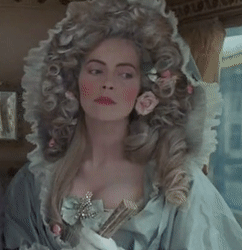

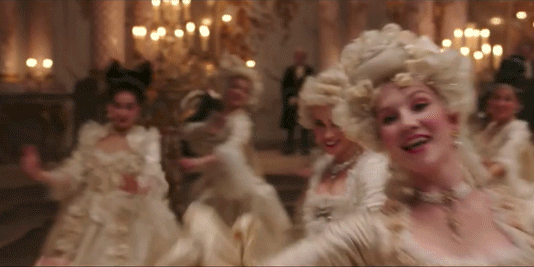
3 notes
·
View notes
Photo


(via 4 octobre 1815 : mort de Christophe-Philippe Oberkampf, inventeur de la Toile de Jouy. Histoire, magazine et patrimoine)
0 notes
Text
Unique Pattern Names, Explained: Chinoiserie, Toile, Ikat, and More
ifish/iStock
You’re probably familiar with stripes and polka dots, but a unique pattern name like chinoiserie is a little harder to pin down. This delightful pattern, along with toile, Otomi, ikat, and shibori, has far-flung roots. Each print has a history and a distinct, intricate design that adds visual interest to just about any space.
“Beige is boring—why not have a little fun with your home’s storyline?” asks Jason Oliver Nixon, an interior designer at Madcap Cottage who co-authored the book “Prints Charming.”
If you’re feeling print-shy, there’s no need to commit to an entire room of nesting birds or dancing ladies. Small splashes of a single pattern can liven up a look.
“Don’t try to mix and match all of these styles together, or you’ll have a giant confused mess on your hands,” says Drew Henry, founder of Design Dudes in San Antonio.
Below, we dive into the history of these time-honored patterns and share some of the best ways to incorporate them into your home.
Chinoiserie
Photo by Scala Construction Inc.
Chinoiserie—based on the French word for “Chinese,” chinois—is a fantastical combination of classic Far Eastern motifs mixed with rococo style elements to suit Western tastes, explains Julie Muniz, an art consultant in the San Francisco Bay Area. Chinoiserie first appeared in the 17th century, and gained popularity in the 18th.
“Designers decided to interpret Asian scenes in a whimsical, nontraditional way, and soon the look marched its way across Europe,” says Nixon.
Fast forward to today, and the style hasn’t lost its luster in any corner of the globe.
“We’re still crazy for this pattern, whether on wallpaper, casegoods, or decorative objects,” Nixon says.
Henry says chinoiserie can work in a formal space, especially if you’re going for an over-the-top luxurious feel, but he also recommends trying it—in small doses—in a modern room.
If you do want to go all out with a chinoiserie wallpaper, try it in a more enclosed area such as a powder room or hallway.
Photo by Button & Sprung
Photo by VSP Interiors
———
Otomi
Photo by Artes de Mi Tierra LLC.
Named for an indigenous group in Mexico who traditionally used this style in their embroidery, Otomi features bright colors and bold graphics of flora and fauna.
“Many believe the artists responsible for Otomi were inspired by ancient cave drawings as well as more recent traditional designs seen in fabrics and pottery by the peoples of Hidalgo and Northern Mexico,” explains Beverly Solomon of Beverly Solomon Design.
Otomi is definitely a hot print, and Nixon says it’s taken over ikat and shibori prints in popularity in recent years.
So where will this print look best in your home?
“The vivid hues and fantastic animals (fish, deer, birds, coyotes, and armadillos are commonly featured) suggest an ideal theme for children’s rooms,” says Solomon.
The bright colors have a Mid-Century Modern aesthetic, which make Otomi prints a smart match for modern and Southwestern home styles, Henry says.
Photo by Becca Stephens Interiors
Photo by Spruce, LLC
———
Toile
Photo by JMA INTERIOR DESIGN
Toile is a decorative print developed in the 18th century by the French-German industrialist Christophe-Philippe Oberkampf.
“It’s characterized by white or off-white cotton fabric printed with pastoral scenes, usually in monochrome shades of dark red, blue, or black,” Muniz says.
Toile was all the rage as a material for dresses, but made a transition to interiors in the 19th century as roller printing replaced more expensive engraved copper plates. According to Muniz, Benjamin Franklin commissioned toile designs in France to bring home to the U.S., and the British also designed patterns featuring George Washington, along with Franklin, for export to America.
Toile works well on wallpaper, but if you want something more subtle, try furniture upholstery, pillows, or drapes—particularly those that are opened and closed frequently so the design can be revealed and appreciated each time.
“It’s most successful in a traditional, country cottage or French provincial–style home,” says Henry.
Nixon found success with toile in modern settings as well: “The scenic pattern lent a nod to history that warmed up what could have been a cold space,” he says.
Photo by ROSENBERG + GIBSON DESIGN, LLC
Photo by Bangtel
———
Ikat
Photo by Kerrisdale Design Inc
Hailing from Indonesia, with variants in South America, Central Asia, and the Middle East, ikat—from the Malay word for “tie”—is a type of complicated tie-dying. Ikat is created not by stamping a pattern directly onto fabric, but by “resist dyeing,” which means parts of the fabric are tied off and prevented from taking on color. Yarn or bundles of yarn are tightly bound, dyed, and then woven to create a design.
Ikat comes in many different colors and can be found on a number of different decor items.
“We love the look of ikat pillows on a sofa or scattered on the floor, ready for a round of board games,” Nixon says. Henry would pick ikat for a rug or table runner and recommends using the design in a home with a boho chic aesthetic.
The pattern has become ubiquitous, popping up in all sorts of decor destinations, from upscale interior design showrooms to popular big-box stores. Look for this wavy pattern on shower curtains, bedding, pillows, rugs, and tablecloths.
Photo by Touijer Designs
Photo by Form Collective
———
Shibori
Photo by Madison Modern Home
The thousand-year-old Japanese art of shibori also uses the resist dying method. But unlike the ikat method, shibori is made by twisting and folding the fabric into bunches and then coloring it using a traditional indigo dye.
Shibori, from shiboru, which means “to squeeze or press,” can be designed using wood blocks, rubber bands, clamps, or twist ties to resist the dye.
“Because shibori is typically blue and white, I think the pattern lends itself to a light and casual beach look,” says Henry.
Nixon and his team at Madcap Cottage recently crafted a headboard with shibori. They’ve also used the pattern on table coverings, European pillow shams, and “a kicky ottoman that added just the right panache to a space that was absolutely forlorn.”
Photo by Michelle Berwick Design
Photo by Prospect Refuge Studio
The post Unique Pattern Names, Explained: Chinoiserie, Toile, Ikat, and More appeared first on Real Estate News & Insights | realtor.com®.
0 notes
